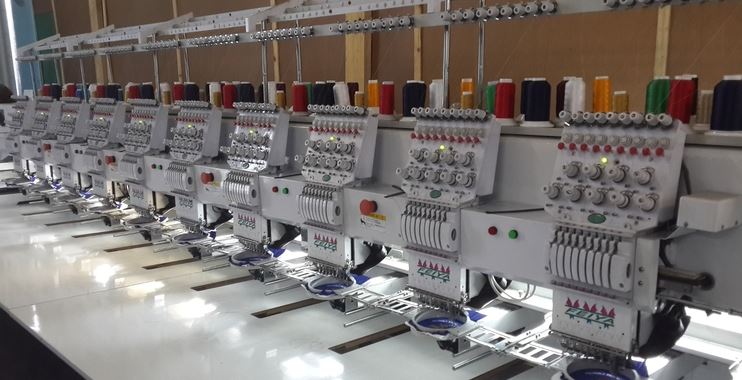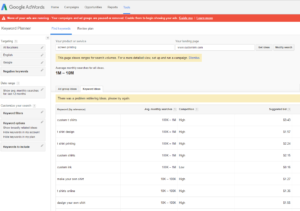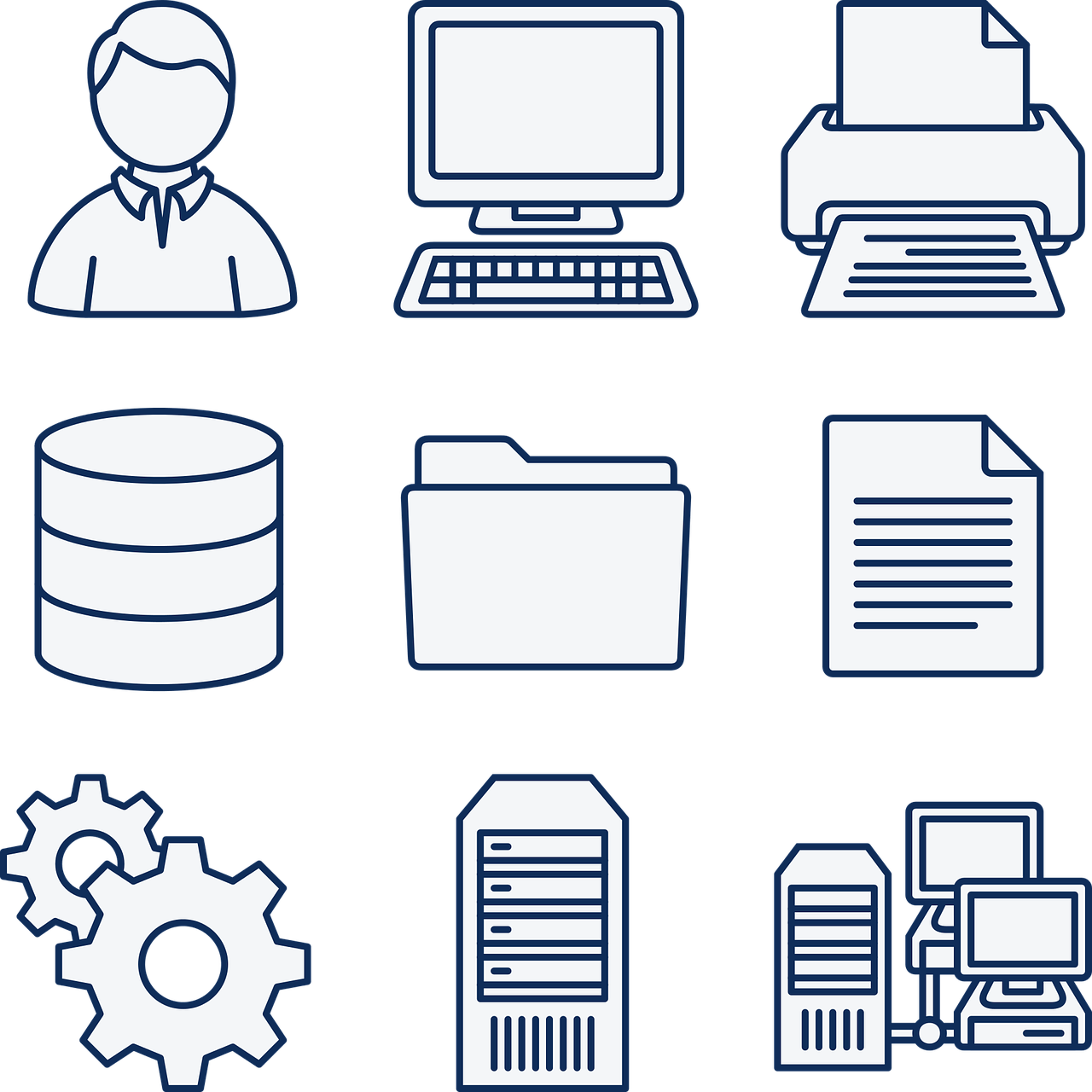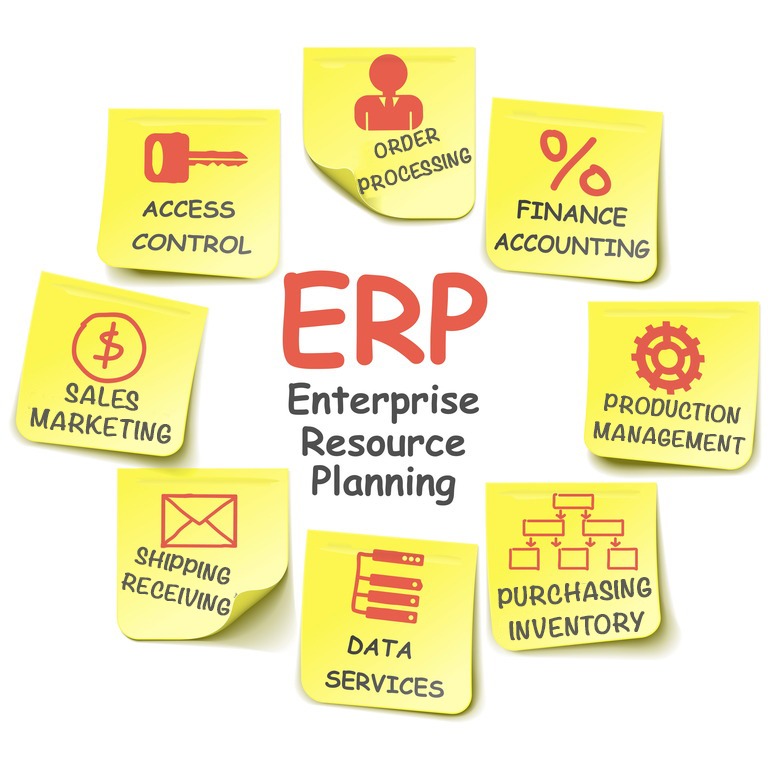Upside!
Wearable tech–mobile electronic devices worn on a user’s body or attached to their clothes–is upon us. Or so analysts at Morgan Stanley believe (and companies like Apple, Google and Samsung hope). The Morgan Stanley group is convinced it will become a $1.6 trillion industry in the near future.
“Wearable devices will far surpass market expectations, and become the fastest ramping consumer technology device to date, in our view,” the group wrote. The analysts figure that wearable devices will have “far-reaching” impacts by creating a new class of products and disrupting or accelerating change within industries outside of technology, such as watches (with the Apple Watch), apparel (health/wellness devices, or the creative Social Fabrics social networking t-shirts), payments (if Apple Pay gets integrated with the Watch), and healthcare.
In the apparel sector, wearable fashion tech is taking off in some places. “Smart clothing” is the new buzzword, but it may come down to price–how many people are willing to shell out hundreds or thousands of dollars for a shirt that glows when you run or a jacket with solar panels that charges your phone and tablet?
Downside?
Still, if the price comes down and the tech becomes more subtle, it may well be the next big thing–provided it can also prove itself as being useful (or else sufficiently “cool”). Will we see an “iHoodie” from Apple? The tech world is full of examples of both unexpected technology that took off and became a huge success or promising stuff that flopped. The iPhone took off when most people would have laughed at the idea, but then it arguably solved a problem–you could far more easily check email, browse the web, keep on top of social media, and do all sorts of other stuff with apps on the go. This replaced both laptop computers and far bulkier solutions.
Reality
 So the question is: what are smart watches, fitness trackers, and smart apparel replacing? A Guardian article points out that anecdotal evidence and customer device abandonment statistics show that many of the new wearable devices just don’t seem to be taking off—many people tend to buy or else receive a wearable device free with something else, then forget about it. For example, 41% of people already run with their smartphones, so yet another device to track their steps (and that might be fooled by waving their arms) might be redundant if they’re already carrying your phone with a much more accurate movement tracking app. Any other potential problems waiting to be solved–usefulness, battery life, appearance, a killer app–just doesn’t seem to be there.
So the question is: what are smart watches, fitness trackers, and smart apparel replacing? A Guardian article points out that anecdotal evidence and customer device abandonment statistics show that many of the new wearable devices just don’t seem to be taking off—many people tend to buy or else receive a wearable device free with something else, then forget about it. For example, 41% of people already run with their smartphones, so yet another device to track their steps (and that might be fooled by waving their arms) might be redundant if they’re already carrying your phone with a much more accurate movement tracking app. Any other potential problems waiting to be solved–usefulness, battery life, appearance, a killer app–just doesn’t seem to be there.
All in all, it remains to be seen whether the wearable tech trend becomes mainstream–and whether t-shirt shops might have a cut of the market.
In the Meantime
In the less tech world of decorated apparel, one of Shopwork’s clients won as a Top Shop, chosen from several criteria including “innovative business/decoration practices.” They use our promotional business management software. See Black Duck Embroidery and Screen Printing’s story here.




 covers how to do basic reporting to ensure you’re using the best keywords and ads that drive you more business.
covers how to do basic reporting to ensure you’re using the best keywords and ads that drive you more business.




